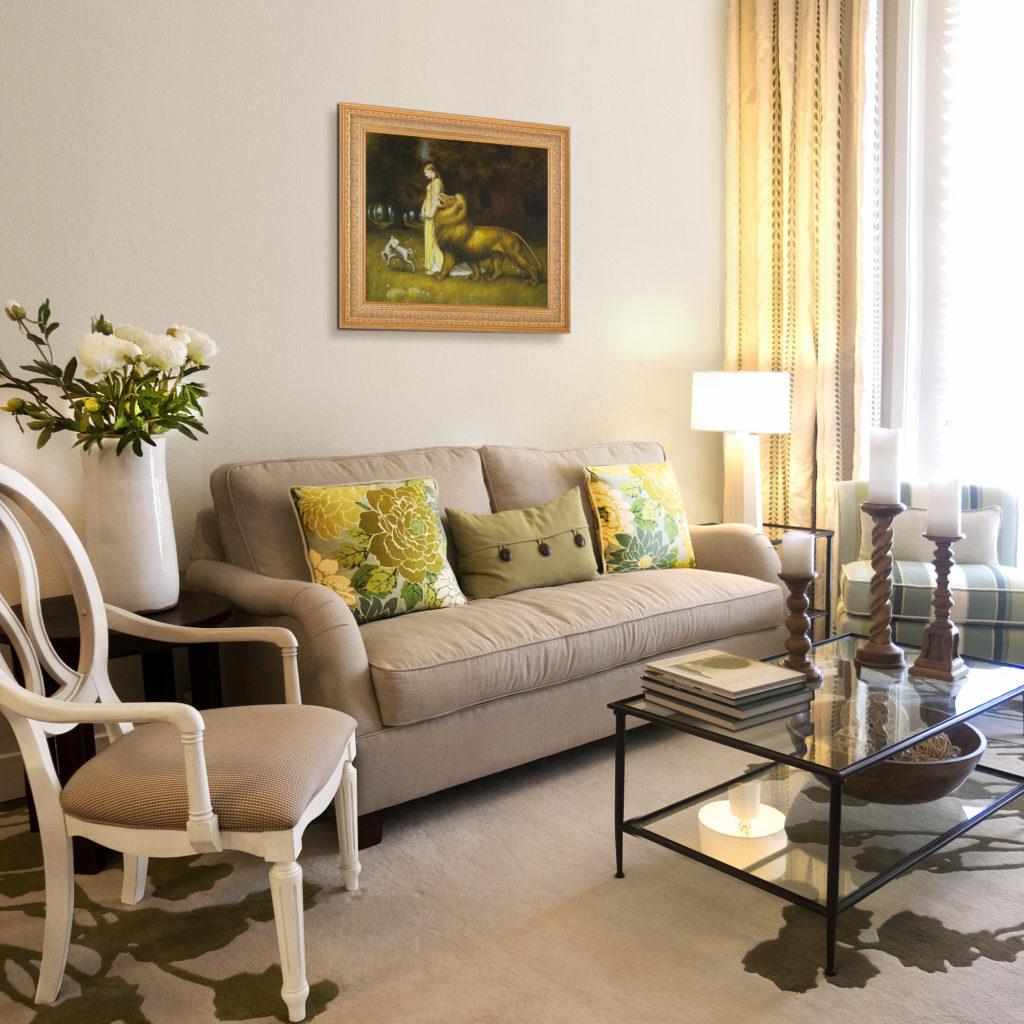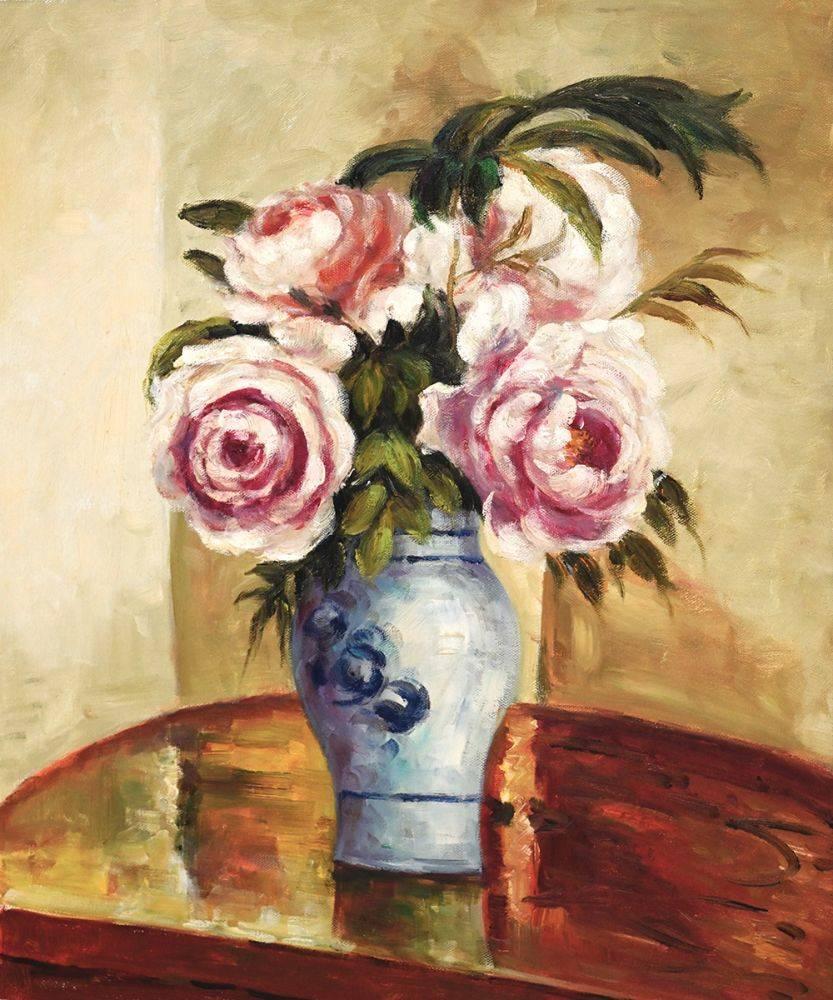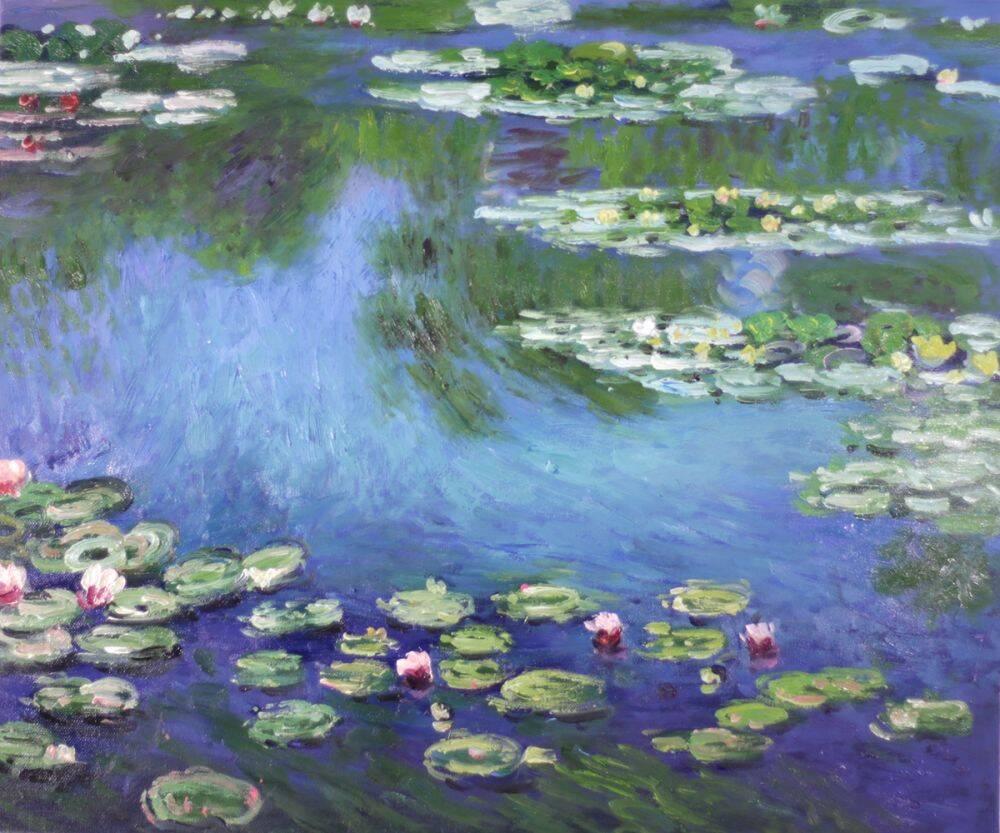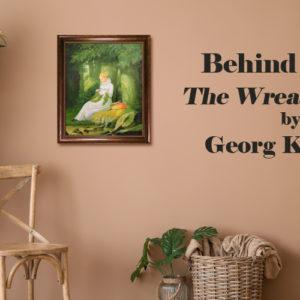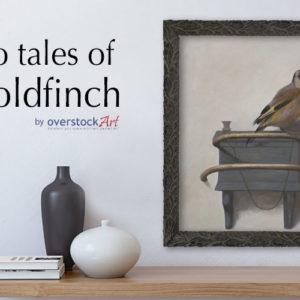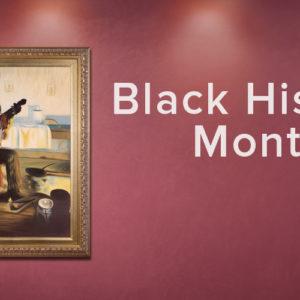Art History
Art Reflections
March into Spring with Una and the Lion
March comes in like a lion, and out like a lamb. This is an old proverb we bring to life today, with the work of Briton Riviere, Una and the Lion. Riviere was born into a prestigious family in the late 1800s. His father William was a famed artist who trained his son in the arts. In his studies, he spent time observing animals at the zoo in Regent’s Park, London. His fascination led him to participate in dissections, in order to gain insight into animals’ physiology. Riviere was drawn to the relationship between man and animal. More often, there is an element of personification in his work that helps blend the separation between our kingdoms. He also painted from myth, fables, and the like, including animal characters any time he could.
Analysis
Una and the Lion is based on Edmund Spencer’s The Faerie Queen. Written in 1590, this allegorical epic commented on the changing religious sentiments of the time. Spencer lived in post-Reformation England which saw a transition from Catholicism to Protestantism. He supported Queen Elizabeth and wanted to combat the religious protests and anti-Elizabethian rhetoric being circulated.
Since Riviere was of Huguenot ancestry he, therefore, would have known of this story to draw inspiration. Una and the Lion depict the beginning of the story. Una begins an adventure across the kingdom to save her city from a dragon. She symbolizes the true Church of England, as this work is full of metaphors and symbolism. While walking in the woods, a lion spots her. He plans to eat her. Once he sees her; however, he becomes enamored with her purity and instead, becomes her companion and protector. The lamb, in this case, is a physical manifestation of her innocence and purity. Its presence emphasizes how the lion is so infatuated with her, it does not care to eat the lamb.
Una and the Lion in Popular Culture
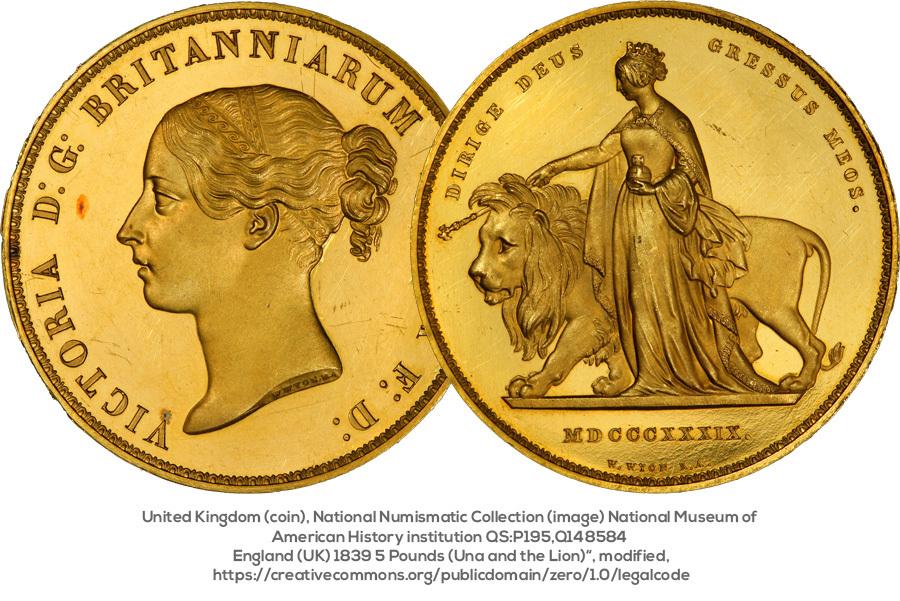
In 1839 Una and the Lion was minted onto the 5-pound coin. William Wyon established a link between Una and Queen Victoria with his design. In the engraving, Una is crowned and bears an orb in one hand and a scepter in the other. Here she more than a princess, she is a Sovereign and titular head of the English church. The Latin motto that circles the two figures reinforces this. It reads: ‘DIRGE DEUS GRESSUS MEOS’ which translates to ‘May the Lord direct my steps.’ Below this is the year; ‘MDCCCXXXIX’ or 1839.
Una directs the lion forward using her scepter. The beast is passant like on the arms of England and likewise in the royal arms of the United Kingdom. The image of a powerful young woman, calmly guiding the symbol of the nation, made for a timely and evocative composition.
You can find Una and the Lion, and many other beautiful reproductions of Rivier’s works in his art gallery.

